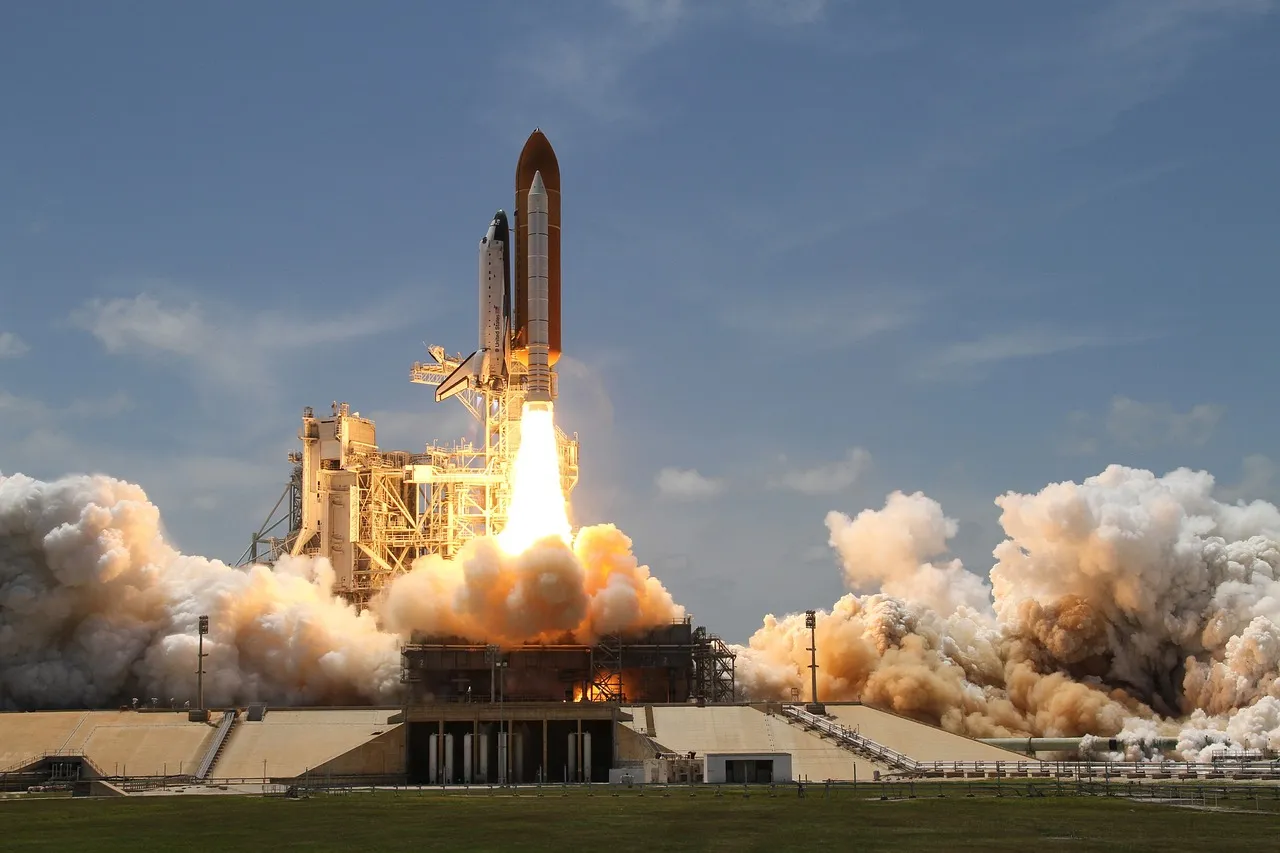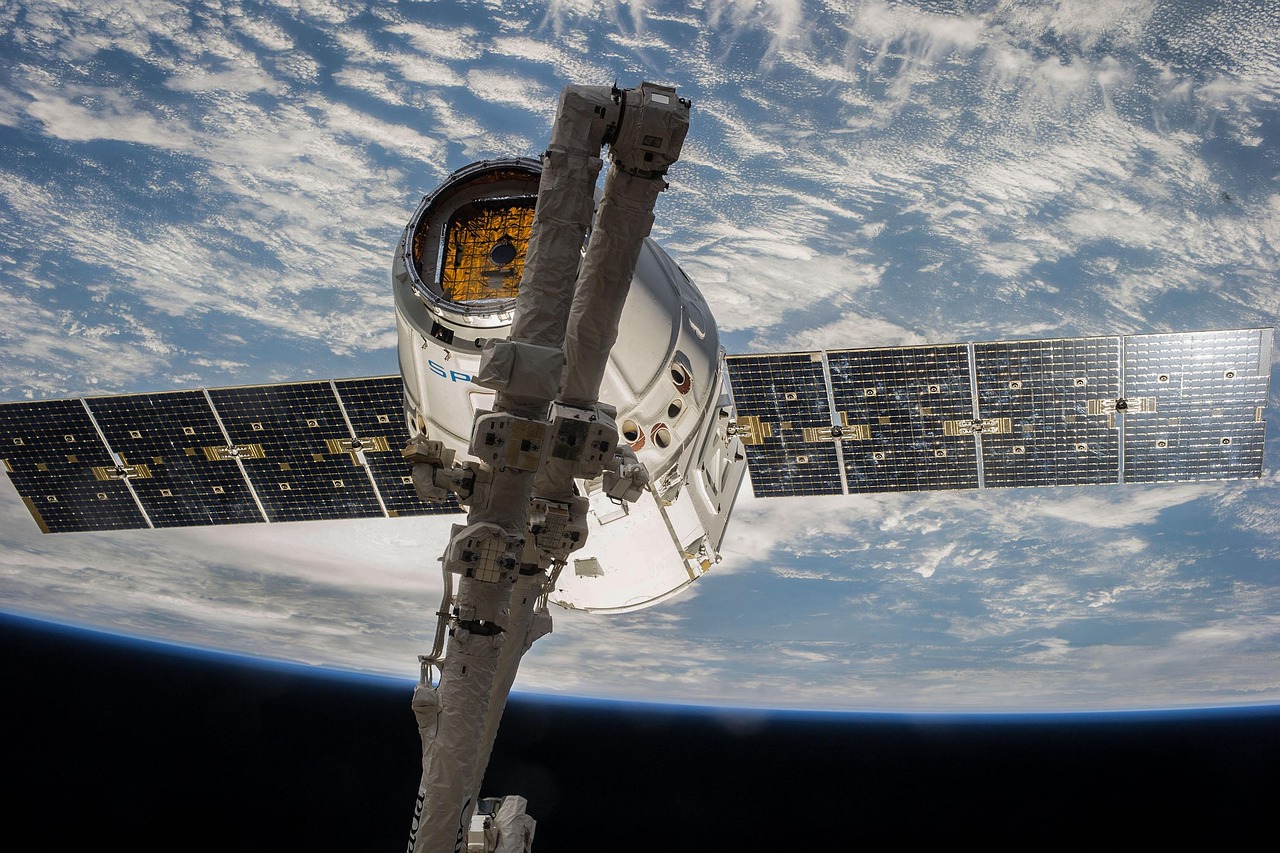Introduction: The Rise of Lunar Industrialization
In 2025, space technology is advancing at an unprecedented pace. One of the most exciting developments is lunar industrialization, where humanity aims to establish a permanent presence on the Moon. This transformation of the lunar surface into an industrial and exploration hub is spearheaded by government agencies and private space companies alike.
With missions like NASA’s Artemis II and the rise of reusable launch systems, the Moon is becoming a strategic location for space logistics, research, and resource utilization. In this blog post, we explore the top trends shaping the future of lunar development.

Reusable Rockets: Redefining Lunar Accessibility
One of the most transformative advancements in modern space technology is the emergence of reusable rockets. Once considered a risky and experimental concept, reusable launch systems have now become a driving force behind the new space race. By drastically lowering the cost of access to space and increasing the cadence of missions, they are reshaping what is possible in lunar exploration and beyond.
Why Reusability Matters
Traditional rockets were designed for one-time use, with multi-million-dollar components discarded after each launch. This approach made lunar missions financially unsustainable for anything beyond rare government-funded programs. Reusable rockets, on the other hand, are engineered to land safely and be launched again—cutting launch costs by up to 90%, and enabling frequent, reliable missions.
Leading the Charge: SpaceX and Blue Origin

-
SpaceX’s Starship: Developed by Elon Musk’s SpaceX, Starship is a fully reusable launch and landing system designed for interplanetary travel. Capable of lifting massive payloads of up to 100 metric tons, it is central to SpaceX’s vision of building a Moon-based economy and supporting missions to Mars. Its rapid reusability, cost efficiency, and ability to carry crew and cargo make it a cornerstone of modern lunar industrialization.
-
Blue Origin’s Blue Moon: Blue Moon is a high-precision lunar lander created by Jeff Bezos’s Blue Origin. It’s designed to deliver a range of payloads, including rovers, scientific equipment, and even human crews. With scalable architecture and modular design, Blue Moon supports repeat lunar operations, essential for building lunar infrastructure such as habitats, power stations, and scientific outposts.
From Cost Savings to Lunar Sustainability
The impact of reusable rockets goes far beyond affordability. By allowing for rapid turnaround and mission flexibility, they:
-
Enable regular cargo delivery to the Moon.
-
Support infrastructure development for a sustainable lunar presence.
-
Increase mission reliability through repeated testing and refinement.
-
Allow for the transportation of heavy equipment needed for in-situ resource utilization (ISRU), such as mining and fuel production.
The Future of Lunar Access
As space agencies and private companies invest in the Moon as a long-term destination, reusable rocket technology is the enabler that turns ambition into action. It creates the logistics framework for everything from Artemis missions to permanent lunar bases and future crewed journeys to Mars.
Reusable rockets are no longer just engineering marvels—they are the key to making space travel scalable, sustainable, and economically viable, accelerating our progress toward a multi-planetary future.
Lunar Infrastructure: Building a Moon-Based Economy
To support continuous lunar operations, robust lunar infrastructure is essential. This includes:
- On-Surface Enterprises: Construction of habitats, laboratories, and workstations for astronauts and scientists.
- In-Situ Resource Utilization (ISRU): Technologies that use lunar regolith (moon soil) and water ice to produce building materials, oxygen, and fuel.
- Refueling Stations: Strategic refueling depots on the Moon to support spacecraft heading deeper into space.
These innovations are setting the stage for a Moon-based economy, reducing Earth-dependence and enabling longer-term missions to Mars and other destinations.
NASA’s Artemis II: The Human Return to the Moon
At the heart of the modern push toward lunar industrialization is NASA’s ambitious Artemis program. Building on the legacy of the Apollo era, Artemis represents a bold new vision for sustained human presence beyond Earth. Artemis II, scheduled as the first crewed mission of the program, marks a pivotal moment in humanity’s return to deep space—and specifically, to the Moon.

First Crewed Lunar Orbit Since Apollo 17
Artemis II will be the first time since 1972 that astronauts venture beyond low Earth orbit and journey around the Moon. The mission will carry four astronauts aboard NASA’s Orion spacecraft, launched by the powerful Space Launch System (SLS). This mission will not include a lunar landing but will orbit the Moon to test critical systems in preparation for future crewed landings.
The significance of Artemis II lies not just in its historical echoes, but in its role as a critical stepping stone toward establishing a sustainable human presence on the Moon.
Lunar Gateway Construction and Support
One of the key objectives of Artemis II is to support the ongoing development of the Lunar Gateway—a small, modular space station that will orbit the Moon. The Gateway will serve as:
-
A logistical hub for resupplying and staging lunar missions.
-
A research platform for scientific experiments in deep space.
-
A docking station for lunar landers and deep space transport vehicles.
With the Gateway in place, future missions—including those from international and commercial partners—will have a permanent, orbiting outpost to coordinate activities on and around the Moon.
Technology Demonstration and Deep Space Validation
Artemis II is also a technology proving ground, designed to test and validate the systems necessary for long-duration space travel. Key technologies include:
-
Deep space navigation systems for precision maneuvering in lunar orbit.
-
Advanced life support systems that can sustain astronauts during multi-week missions.
-
Space habitation modules and radiation shielding that will be critical for future missions to Mars.
These technologies are essential not only for the success of Artemis III and future Moon landings, but also for building the knowledge base needed to support interplanetary missions.
Laying the Groundwork for Artemis III and Beyond
The ultimate goal of Artemis II is to ensure the readiness of systems, crews, and infrastructure for Artemis III, which will land astronauts—including the first woman and person of color—on the Moon’s surface. Artemis III will begin the process of building out lunar infrastructure, including surface habitats, mobility platforms, and resource extraction technologies.
Artemis II is more than a mission—it’s a gateway to a new era of space exploration, where the Moon becomes a hub for science, commerce, and future missions to Mars.

Conclusion: The Future is Lunar
Lunar industrialization is no longer science fiction—it’s the cornerstone of a new era in space exploration. With reusable rockets, advanced lunar infrastructure, and historic missions like NASA’s Artemis II, the Moon is set to become the launchpad for humanity’s interplanetary future.
As the global space race accelerates, staying informed on space technology trends is essential. Subscribe to Toxigon for the latest insights in aerospace innovation, space missions, and beyond.
